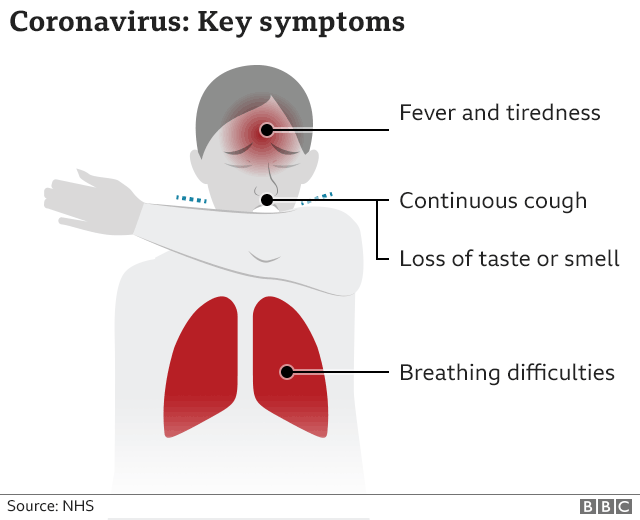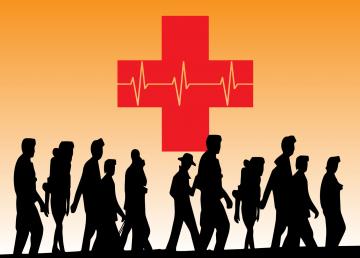What Are Air Ambulances?

What Are Air Ambulances?
 Have you ever wondered what happens to people who fall ill or are seriously injured far away from a hospital or other emergency medical facility? Or what happens to people who fall ill or are seriously injured in locations where travel over land is too difficult due to the terrain or the climate?
Have you ever wondered what happens to people who fall ill or are seriously injured far away from a hospital or other emergency medical facility? Or what happens to people who fall ill or are seriously injured in locations where travel over land is too difficult due to the terrain or the climate?
For many of these people, air ambulances may make the difference between life and death in these situations. Sometimes referred to as medevac units, airevac units, or medical flight units, air ambulances increasingly are being utilized when more traditional means of patient transport cannot be used to transport a patient to a hospital or other medical facility needed due to the patient’s injuries.
For example, in the event a patient suffers severe head injuries due to a car accident, transportation by a traditional motor vehicle ambulance to the nearest hospital may not meet the patient’s needs. A patient with severe head injuries may need to be transported by air to a trauma center equipped to deal with such serious injuries.
These ambulances are aircraft that have been customized so that the interior of the aircraft has been adapted to serve as a mobile intensive care unit. Air ambulances may be owed and operated by governments or by private companies. Traditionally, most of these ambulances have been helicopters.
More recently, however, increasing numbers of private company jets are being put to work as air ambulances. Corporate jets offer the benefits of reliability, flexibility, range, and flight comfort. These features make corporate jets particularly well suited to be ambulances. When a person falls ill or is injured where, due to time or distance factors, conventional ambulances would not be adequate, fixed wing jet aircraft are particularly useful as ambulances.
For instance, fixed wing jet aircraft air ambulances work especially well in situations such as winter athletic competitions when athletes may be severely injured during competition or a visitor fall seriously ill where the harsh climate makes an ambulance the best bet for the patient’s comfort and ultimate well-being. These ambulances are equipped with medical equipment and medical supplies.
All of these ambulances carry general medical equipment and other items, such as ventilators, CPRs, ECGs, and other monitoring units. However, an air ambulance may be configured with specialized equipment and supplies that are appropriate for a specific mission. For example, an ambulance that will be transporting a seriously injured trauma patient from an accident site will need different equipment than an air ambulance transporting a patient who has suffered a heart attack or is in need of kidney dialysis.
By carrying specialized equipment configured for specific missions, the weight of an air ambulance can be controlled and minimized. In addition to the necessary medical equipment, air ambulances are staffed with efficient and dedicated crews that are trained to monitor and stabilize the patients during the transport process, from the time the patients are loaded onto the aircraft until they reach the hospital.
Air ambulance crews have both medical and flight training. They work together as a unified team to provide the patients with the care they need while in flight. Air ambulances are available twenty-four hours a day and seven days a week. They are available to transport patients both within a nation and internationally from one nation to another.








